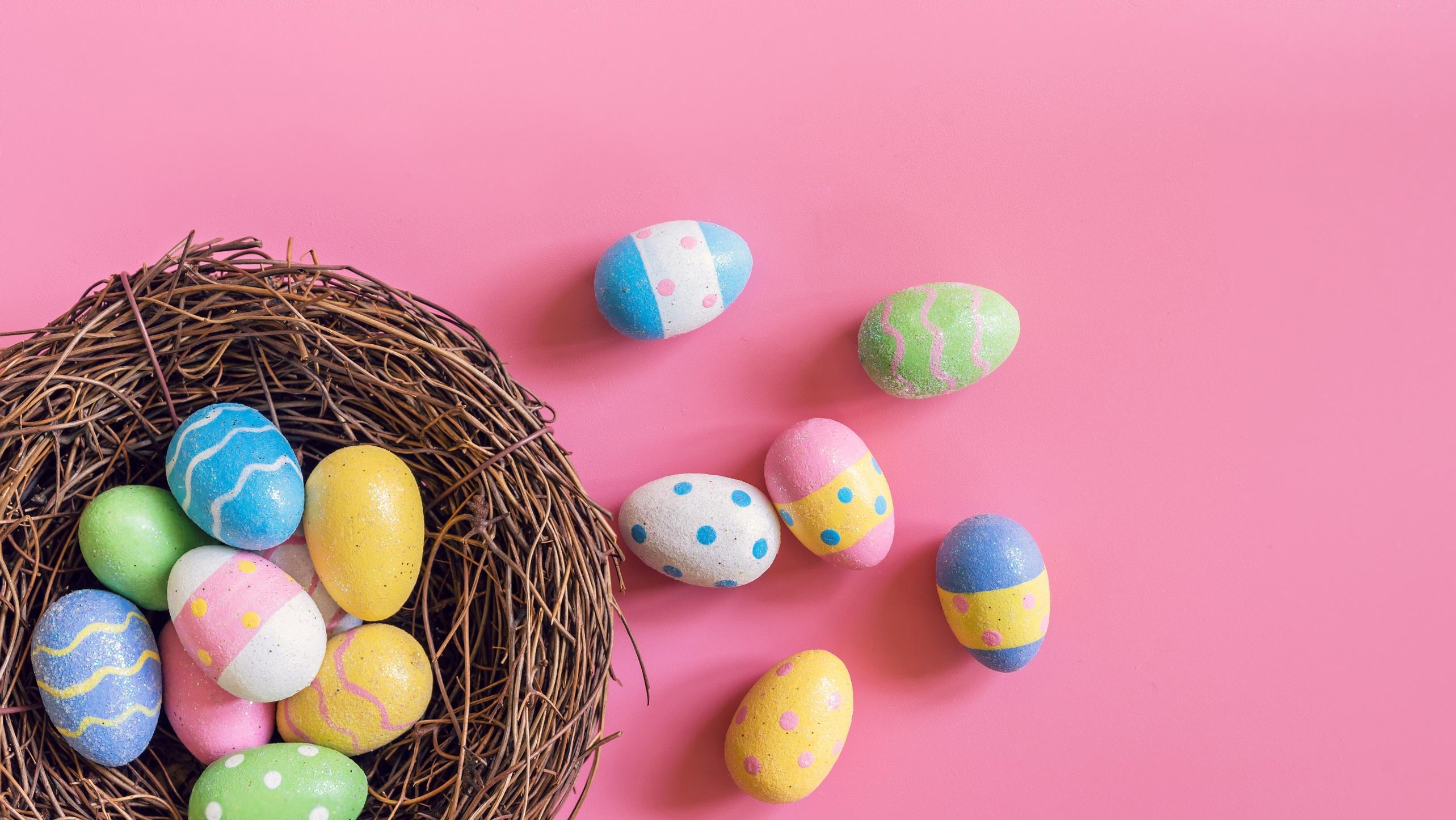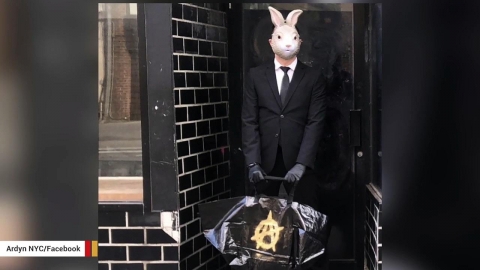the origin of Easter
Easter usually takes place on a Sunday, around late March or early April, to commemorate the event of Jesus Christ's resurrection from the dead after being crucified on the Cross - which Christians believe happened around 30 to 33 AD.
Easter does not have a fixed date, but people often count Easter as taking place on the Sunday after the first full moon or after the Spring Equinox. Therefore, Easter is also considered a spring festival, celebrating the change of seasons with many bright colors.
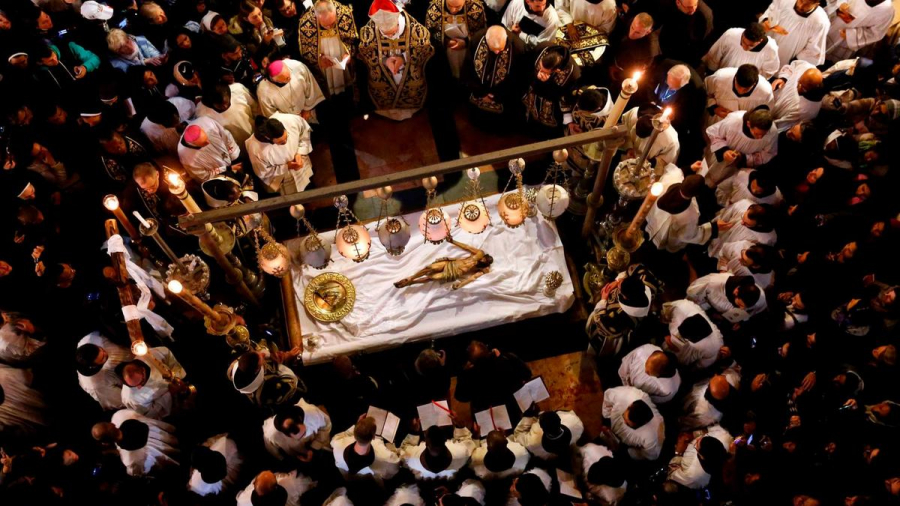
Palestinians at an Easter service at a Catholic church
This year, Easter falls on April 12, 2020.
The Meaning of Easter
Christians believe that Jesus died on the cross but then rose from the dead and ascended to Heaven in triumph. Because Jesus overcame death, Christians believe that only Jesus has the power to give them eternal life. Because of this belief, Christians sing the Easter song every year on Easter and every week on Sunday.

Easter is also a feast of hope because it takes place at the time when spring returns to all things.
some other names for Easter
In ancient times, in Germany, Easter was considered a spring festival (Frühlingsfest). Germans also called this holiday Ostarum, a combination of the name of the goddess "Ostara" and the noun "Ostern" (Easter), with the implication of facing the East where the sun is about to rise.
The Jews call this holiday Paschafest. The Egyptians call it Osterlamm (Paschal lamb) because on the first full moon of spring, they would kill a lamb to celebrate their liberation from oppression and slavery.
Symbols of Easter
On this day, people often give each other colorful decorated eggs, rabbits or slices of Ham, which symbolize the holiday.
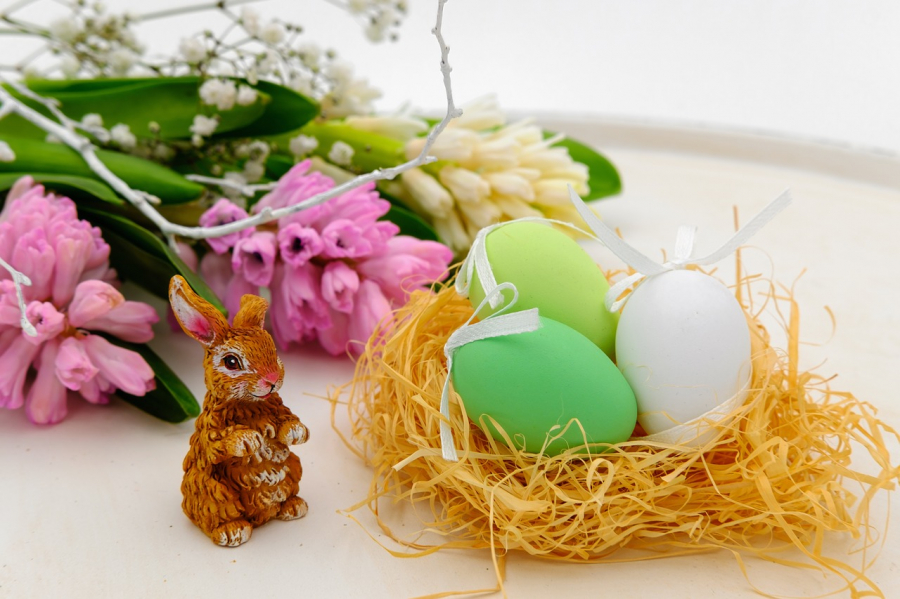
Easter eggs
Eggs are the oldest symbol of Easter, symbolizing fertility. On this occasion, people often give each other eggs decorated with eye-catching colors or made of chocolate, plaster or even wool..., all decorated by themselves to express their wishes.
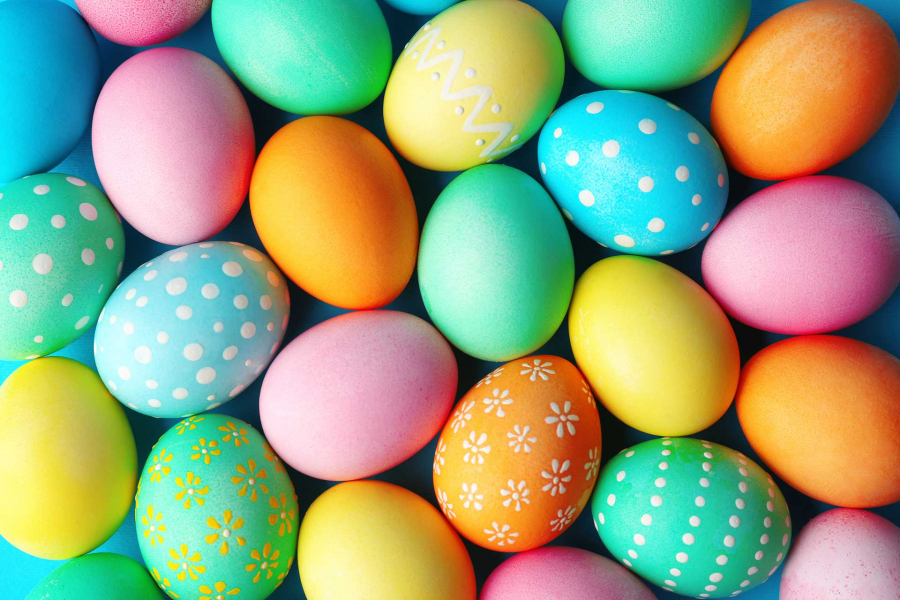
Easter Bunny
In addition to being a symbol of fertility, the rabbit is also a symbol of abundant and strong vitality. In particular, the rabbit is associated with the legend of Ostara - the goddess of spring used to name Easter.
According to legend, once the goddess brought spring to Earth late, causing all creatures to suffer from cold, including a dying bird with frozen wings. Out of pity, Ostara transformed the bird into a rabbit, giving it the ability to lay eggs and run fast. With this ability, the goddess wanted the rabbit to take on all the work of giving gifts to children when spring came. Later, the rabbit goddess accidentally angered Ostara and was thrown into the sky by the goddess, transforming into the constellation Lepus. Once a year, the rabbit is only allowed to come down to earth once in the spring to give lovely eggs to the people on earth.
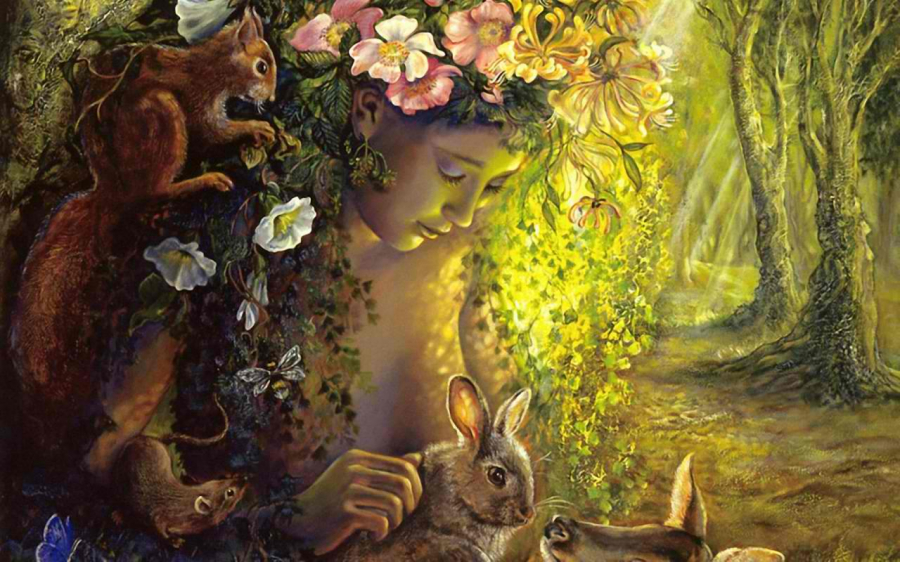
Goddess Ostara
Since then, the image of rabbits carrying eggs has become a characteristic of Western Easter.
Ham
Today, ham seems to be indispensable on the tables of Christians around the world at Easter. For them, pork is considered the food of God. If the first full moon of autumn is the best time to salt pork for storage, then spring is when Westerners use this stored food. Therefore, ham has become a traditional dish on the table every Easter.

New clothes
Christians believe that wearing new clothes on Easter will bring good luck for the rest of the year. According to beliefs, new clothes represent renewal and a lucky start - important elements of every Easter. For Catholics, Easter also represents belief in rebirth and hope for good things.
Easter Candle
Fire is meant to bring light and warmth to people. In addition, Christians believe that the Easter fire will light up the long days and nights and will guide them to the right things and peace.
Before the Easter Mass begins, priests will perform a fire procession around the Cathedral, and parishioners will also light candles together in their hands.
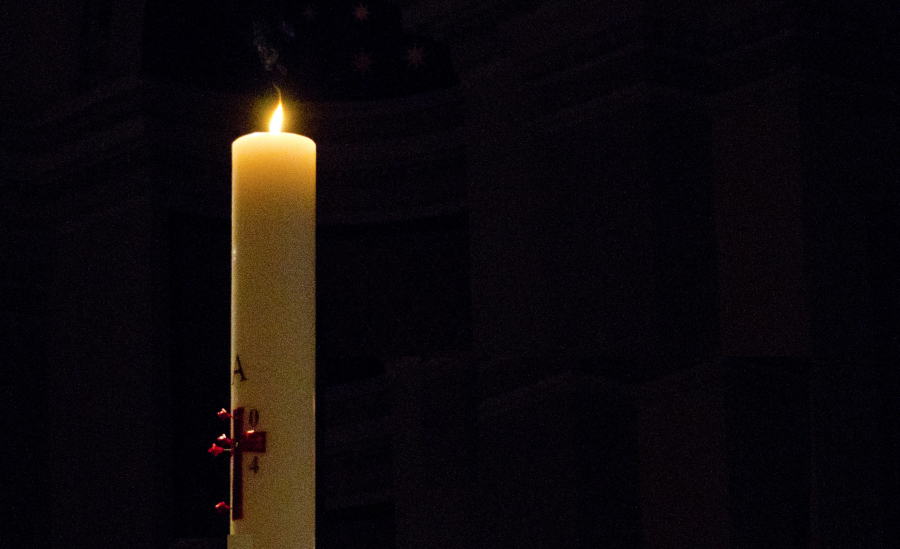
On the candle body are 5 nail marks (symbolizing the 5 wounds of Jesus), above is the letter Alpha and below is the letter Omega with the meaning "first" and "last" in Greek, symbolizing Jesus as "the beginning and the end".
what to do on easter day
Easter is a special holiday in spring, it is an occasion for families to get together and many interesting programs for children also take place.
Color the eggs
Dyed eggs are a popular tradition for children on this day. Eggs are bought from stores and then dyed with food coloring. The colored boiled eggs are then displayed for decoration throughout the holiday.

If eggs are stored properly and safe food coloring is used, only the eggshell will be stained.
Easter Egg Hunt and Race
Another Easter pastime that involves eggs is the Easter egg hunt. In many countries around the world, parents hide colorful eggs for their children to find. Schools, churches, and local community organizations often organize egg hunts for children, which are fun and exciting. Children also compete to see who can find the most eggs.
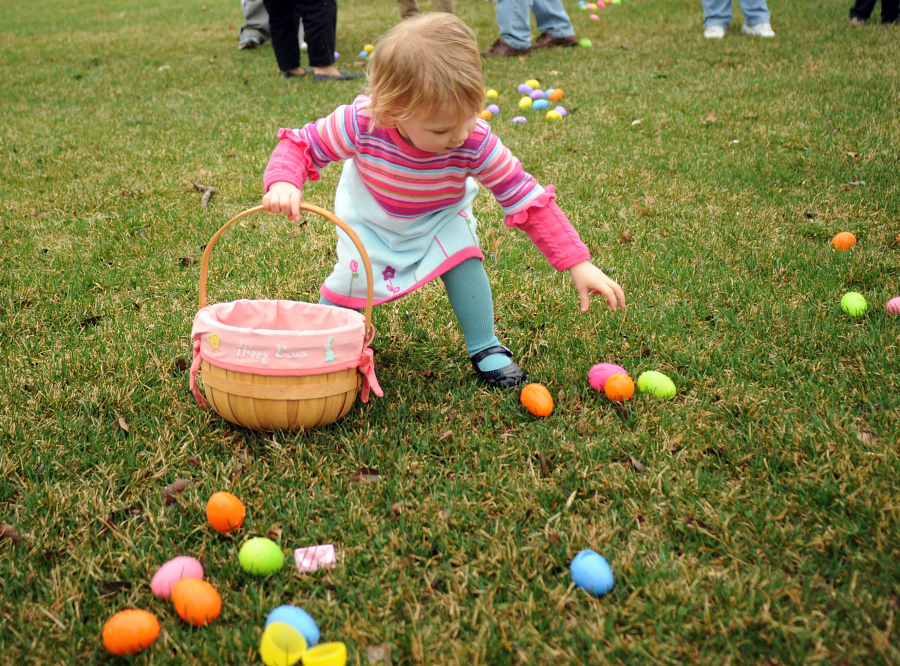
Each child will hold a pretty woven basket and together look for the eggs left by the Easter bunny.
There is also an egg race which is equally fun. All you need is a long spoon or a small piece of wood and a group of children can race their eggs. They roll the egg to the finish line and whoever’s egg reaches the finish line first is the winner.
Give an "Easter basket"
Easter baskets are a popular gift that families give to each other on this day. Each basket usually contains gifts, candy and many other interesting things.
What to eat on Easter?
Easter Breakfast
Most families will choose to have breakfast between 10am and 2pm (brunch). The menu usually includes the usual breakfast and lunch dishes. Of course, the presence of egg dishes is inevitable.

In addition to eggs, other dishes also served on the table are pies and fruit cakes; alcoholic drinks such as Bloody Mary or Mimosas... Because these dishes are mixed with champagne and orange juice, they are very suitable for the spring flavor.
Grilled dishes
Families who attend church on Easter morning often leave room for a hearty roast lunch or dinner. The meal typically consists of roast meat accompanied by a variety of vegetables and snacks. Ham and lamb are two of the most common choices at Easter.
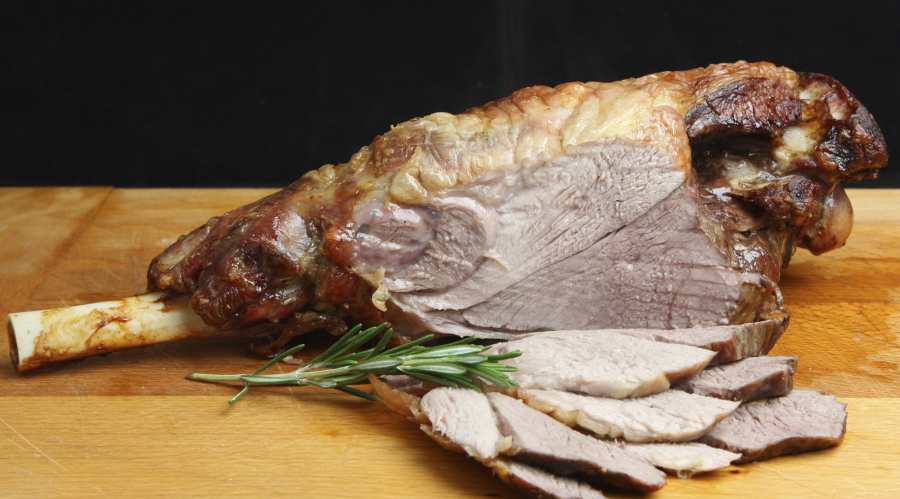
Lamb is the traditional choice because Jesus came from a Jewish background and Jews do not eat pork. Meanwhile, ham has become a popular Easter dish in recent centuries because ham requires refrigeration.
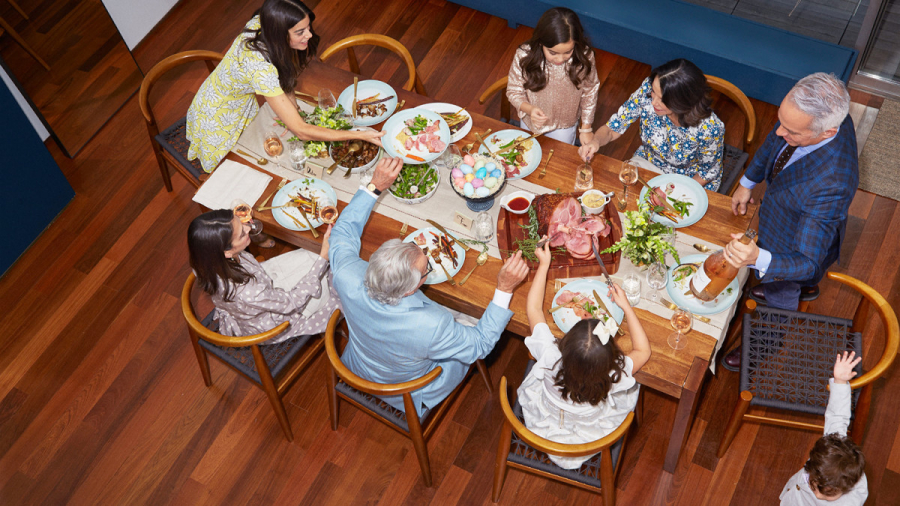
Easter 2020 is a quieter and more somber Easter than previous years, as people in many countries are having to comply with travel and gathering bans to limit the spread of the Covid-19 epidemic. Although they cannot go to church to pray, cannot exchange Easter gift baskets..., Christians today can still gather with their small families, prepare traditional Easter dishes and pray together for the pandemic to soon pass.





